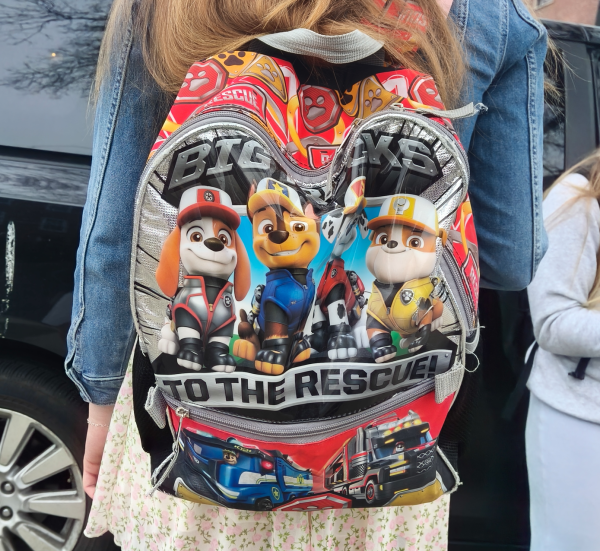Ethical, Sustainability Issues Plague Fast Fashion Industry
The fashion industry is playing an outsized role in harming the planet and its people.
With the rise of social media and the increasing power of major corporations, now more than ever fast fashion is on the rise. This industry, worth over $3 trillion, is deadly to many of its workers around the world. Many are stuck in factories working unbearable hours for less than a dollar a day, unable to leave because of the lack of other jobs available.
The planet has also felt this impact. The fashion industry is a large contributor to waste worldwide. According to the United Nations Environmental Programme, the equivalent of one garbage truck full of clothes is burned or dumped in a landfill every second. Clothing waste often ends up in landfills, or shipped to countries such as Haiti, leaving them with a surplus of unusable clothes and diminishing the local clothing market.
Since the 1950s, consumerism in the world has continued to rise. In the 1960s for the first time young people began to set clothing trends, something which had in the past always been done exclusively by older generations. This led to faster turnover of items considered “trendy.”
To keep up with demand, clothing companies began to speed up the rate at which they produced clothes, meaning that people were buying clothes just as fast as they were throwing others away. Eventually, demand grew and many United States companies outsourced labor from other countries with looser regulation regarding working conditions, including China, India, and most notably, Bangladesh. This allowed them to get more workers for less money.
This set a precedent for companies to do whatever necessary to get clothes made as quickly and as cheaply as possible. This process is what is now referred to as “fast fashion.” Almost all major brands on the retail market don’t make clothes ethically. The biggest culprits in unethical fast fashion are stores like Urban Outfitters, Zara, American Eagle, H&M, and online only retailers like Shein.
As the use of social media in the fashion industry increases, with even designer brands such as Louis Vuitton partnering with social media influencers, many, like senior Tabitha Randlett, question its role in speeding up and spreading fast fashion.
“I think trends have become much more of a thing because of social media and constantly showing off your outfits so people feel more of a need to participate in the everchanging trends and therefore shop unethically,” Tabitha said.
Photographer and teacher Ed Hing said “Certainly, the whole TikTok/influencer/selfie thing needs to stop. We’re making a mess of our world and for what reason? A cheap cute top for one video?”
As climate change worsens, many are trying to change the industry before it is too late.
“I think the best was to stop fast fashion is to educate the public on how harmful it is and encourage everyone to go to thrift stores, flea markets, and vintage shops before resorting to mall stores,” Tabitha said.
Not everything one purchases has to be second hand, but many seem to agree that the best way to slow down fast fashion is to re-use what we already have. But that alone is not enough.
Hing cautioned, “There is a lot of branding ‘awareness’ and some companies trying to seem less damaging, but a lot of it is just so superficial. They’re not doing enough, but it’s not just the industry, it’s us. We buy in.”













